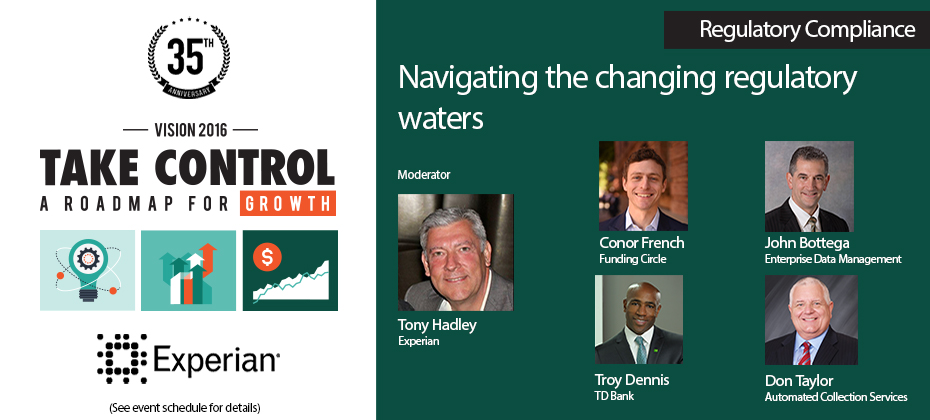Tag: online marketplace lenders

Article written by Melanie Smith, Senior Copywriter, Experian Clarity Services, Inc. It’s been almost a decade since the Great Recession in the United States...

Although half of businesses globally report an increase in fraud management over the past 12 months, many still experience fraud losses and attacks. To...

2018 was a whirlwind of a year – though it was not surprising when Google’s 2018 “most-searched” list showed Fornite GIFs ruled the internet,...

Picking up where we left off, online fintech lenders face the same challenges as other financial institutions; however, they continue to push the speed...

Fintechs take on banks, technology, and finance as we know It. In the credit space, their reputation as a market disruptor precedes their definition. But...

Unsecured lending is increasing. And everyone wants in. Not only are the number of personal loans increasing, but the share of those loans originated...

The pendulum has swung again. The great recession brought a glacial freeze to access to capital. The thaw brought rapid, frictionless underwriting with an...

Congress recently took several actions signaling a growing interest in regulatory issues surrounding the Fintech sector. This growing attention follows a number of recent...

Whether its new regulations and enforcement actions from the Consumer Financial Protection Bureau or emerging legislation in Congress, the public policy environment for consumer...

Whether it is an online marketplace lender offering to refinance the student loan debt of a recent college graduate or an online small-business lender...

For lenders, credit bureau data is vitally important in making informed risk determinations for consumer and small business loans. And the backbone of this...

With the rapid growth in the number of online marketplace lenders , and projections the field will continue to grow in 2016, winning the...